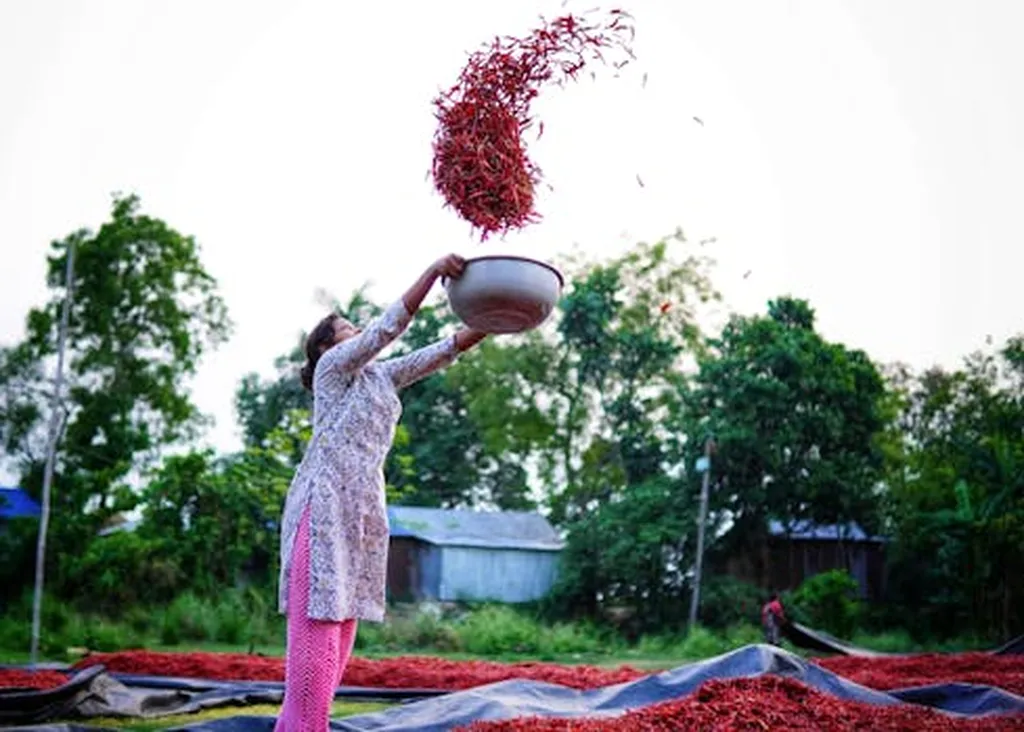In the ever-evolving arms race between plants and viruses, a recent study published in the journal ‘Plants’ (known in English as ‘Plants’) sheds light on a fascinating tradeoff that could have significant implications for agriculture and, by extension, the energy sector. Led by Hamdayanty from The United Graduate School of Agricultural Sciences at Ehime University in Japan, the research focuses on the pepper mild mottle virus (PMMoV) and its interaction with plant resistance mechanisms.
The study reveals that PMMoV, a virus that typically infects peppers, can mutate to escape the N′ resistance response in the plant Nicotiana sylvestris. However, this escape comes at a cost. “We found that some mutants, which had minimal mutations to escape N′-mediated resistance, exhibited reduced accumulation in inoculated leaves and loss of systemic infectivity in a susceptible pepper cultivar,” explains Hamdayanty. This means that while the virus can evade one type of resistance, it becomes less effective at spreading throughout the plant.
The implications of this finding are significant. In the agricultural sector, understanding these tradeoffs can help in developing more durable resistance strategies. For instance, farmers could potentially use this knowledge to breed crops that are less susceptible to viral infections, leading to higher yields and reduced crop losses. This, in turn, can have a positive impact on the energy sector, particularly in regions where agricultural byproducts are used for bioenergy production.
The study also found that the mutant viruses, while able to infect a highly susceptible host like Nicotiana benthamiana, showed attenuated virulence and reduced virus accumulation, especially in younger leaves. This suggests that the reduced virus accumulation enabled the mutant PMMoV to escape N′-mediated resistance, but as a trade-off, compromised its virulence.
“This research highlights the complex interplay between viruses and their hosts,” says Hamdayanty. “It’s a delicate balance, and understanding these dynamics can help us develop more effective strategies for crop protection.”
The findings also suggest that the coat protein of PMMoV plays a crucial role in modulating systemic symptoms. This could open up new avenues for research into how viruses spread within plants and how we might interfere with that process to protect crops.
In the broader context, this research could shape future developments in the field of plant virology and resistance breeding. By understanding the tradeoffs that viruses face when evolving to overcome resistance, scientists can develop more robust and durable resistance strategies. This could lead to a future where crop losses due to viral infections are significantly reduced, benefiting both the agricultural and energy sectors.
As we continue to grapple with the challenges of feeding a growing population and transitioning to sustainable energy sources, research like this offers a glimmer of hope. It reminds us that even in the microscopic world of viruses and plants, there are complex dynamics at play that can have far-reaching impacts.

